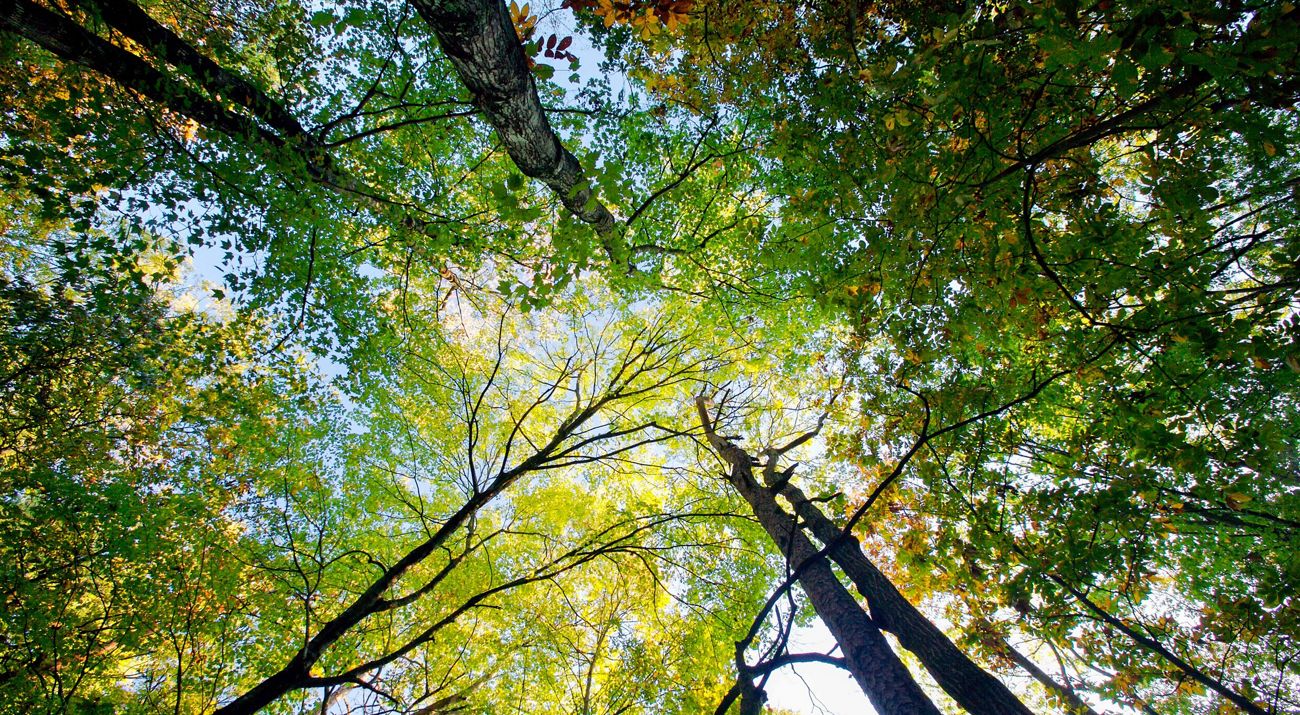Description
Once part of the Cherokee Nation’s lands, Marshall Forest covers 301 acres of pine-hardwood forest in Floyd County, near Rome in northwest Georgia. The site is one of the last remaining stands of old-growth forest in the Ridge and Valley Province, a geographical corridor that runs from Pennsylvania to Alabama. Ranging in elevation from 600-900 feet, the site is home to more than 300 species of plants and 55 tree species in 3 distinct plant communities: pine-oak, chestnut oak and mixed hardwood forest. It is thought that periodic ice storms (like the 1993 blizzard) and fires open the canopy for pine growth, preventing domination by a single plant community.
The forest is home to the largest population in Georgia of the endangered large-flowered skullcap, a perennial herb in the mint family. Also found in the Black’s Bluff preserve, the large-flowered skullcap was discovered by Alvin Wentworth Chapman, a physician and botanist who explored the mountains near Rome in the 1870s. The site is also home to a wealth of fauna, including frogs, salamanders, at least six species of snake and dozens of bird species.
Marshall Forest was the first National Natural Landmark in Georgia, designated by the U.S. Department of the Interior in 1966. Currently, TNC participates in the Alternative Spring Break program, through which college students from across the country volunteer to assist nonprofit organizations. At the Marshall Forest Preserve, they aid TNC by removing invasive species like English Ivy and Chinese privet, marking boundaries and participating in other management activities.
Plants at Risk
- Large-flowered skullcap
Ecosystems at Risk
- Old-growth lowland shortleaf pine-hardwood forest
- Rare Montane longleaf pine-hardwood forest
